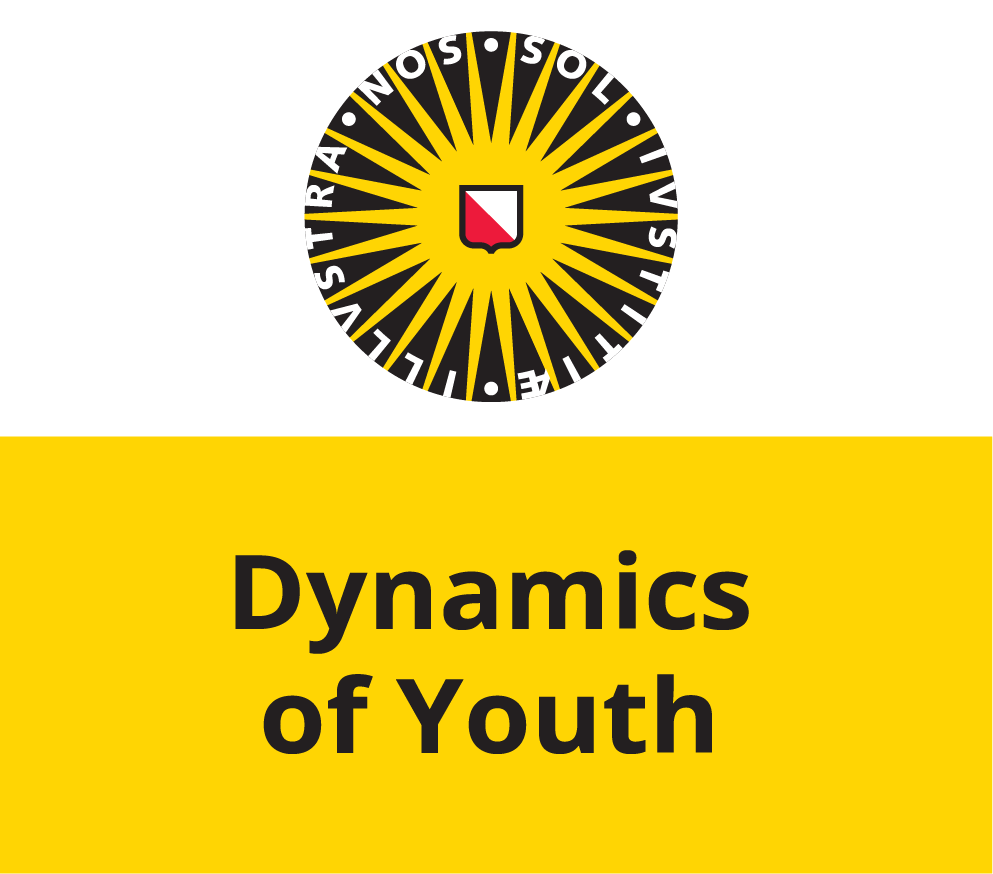Quality guidelines for oral presentations and poster presentations
Congratulations on your oral or poster presentation! Below, we have collected some advice on presenting your research for a multidisciplinary audience. We recommend always dry-running your presentation in your own research group and checking with all your co-authors if they agree with the contents of the presentation slides or poster. If you have questions, don’t hesitate to reach out to us.
Oral presentation
All oral presentations will be 15 minutes, followed by 5 minutes of questions and discussion. You will be presenting your research to a multidisciplinary audience who might not be familiar with your line of research.
Ensure that your presentation follows a clear structure. The following structure is most commonly used and easy to follow for a multidisciplinary audience.
- Introduction, Background & Relevance
- Research question & Hypothesis
- Methodology
- Analysis & Results
- Discussion
- Conclusion & Take-home message
Your slides should contain minimal text in a large and legible font. We advise against using jargon or acronyms, as this might make your presentation hard to follow. Moreover, complex graphs or large tables are often difficult to understand, and different disciplines often have different customs regarding graphs and tables.
Poster presentation
Posters will be displayed during one of two sessions. The first session will be preceded by a session of “flash talks” during which the poster presenters may pitch their poster and research to all conference attendees.
During the flash talks, researchers will answer the following question in 1-2 minutes: “You should visit my poster if…”. We recommend discussing the following information in your flash talk:
- What is your poster about? – Research question
- Why is it interesting? – Relevance
- How did you do it? – Methodology
- What did you find? – Sneak peek of the results
Similar to an oral presentation, your poster should contain concise text in a large and legible font. To make our poster easy to comprehend, we advise against using jargon or acronyms. Moreover, a clear and easy-to-follow structure is essential for visitors to understand your research. Finally, complex graphs or large tables are often difficult to understand, and different disciplines often have different customs regarding graphs and tables.
We can provide the service of printing the posters and transporting them to the venue if posters are submitted before 1 December 2025.


